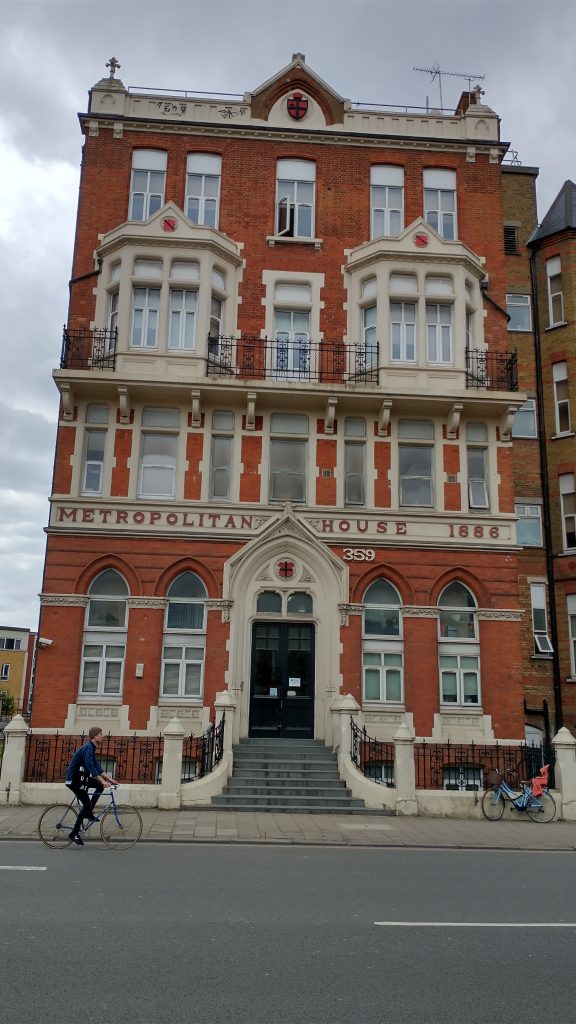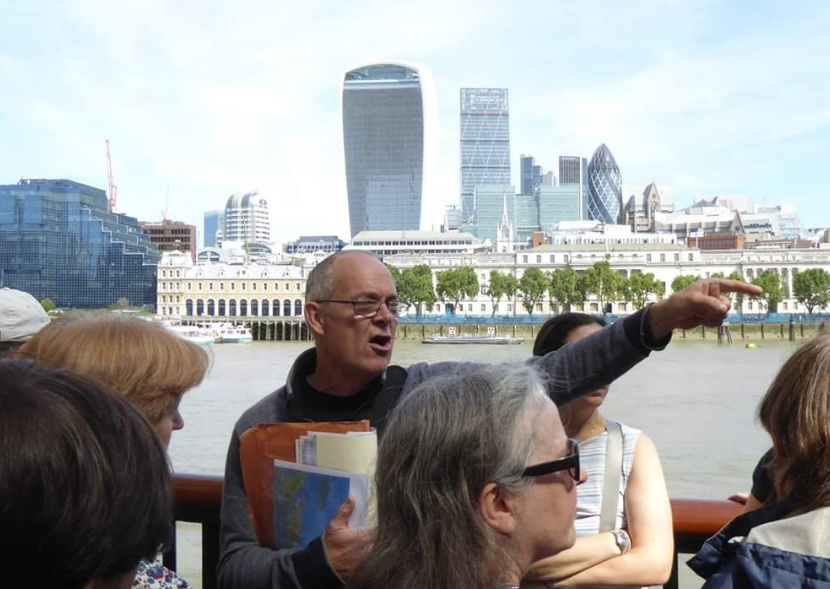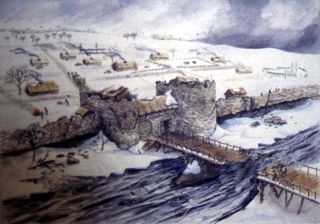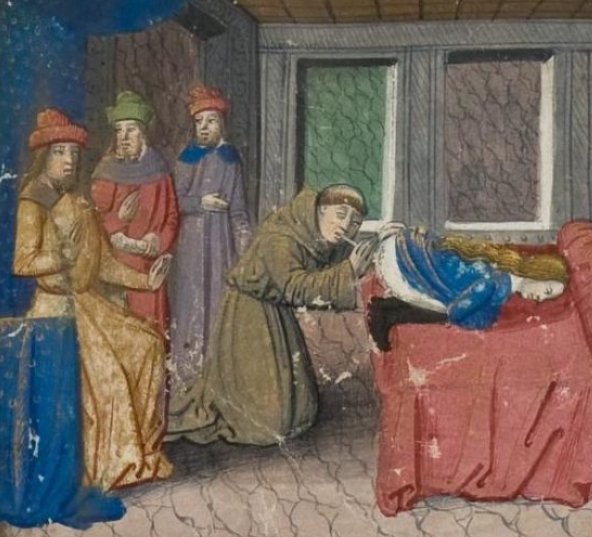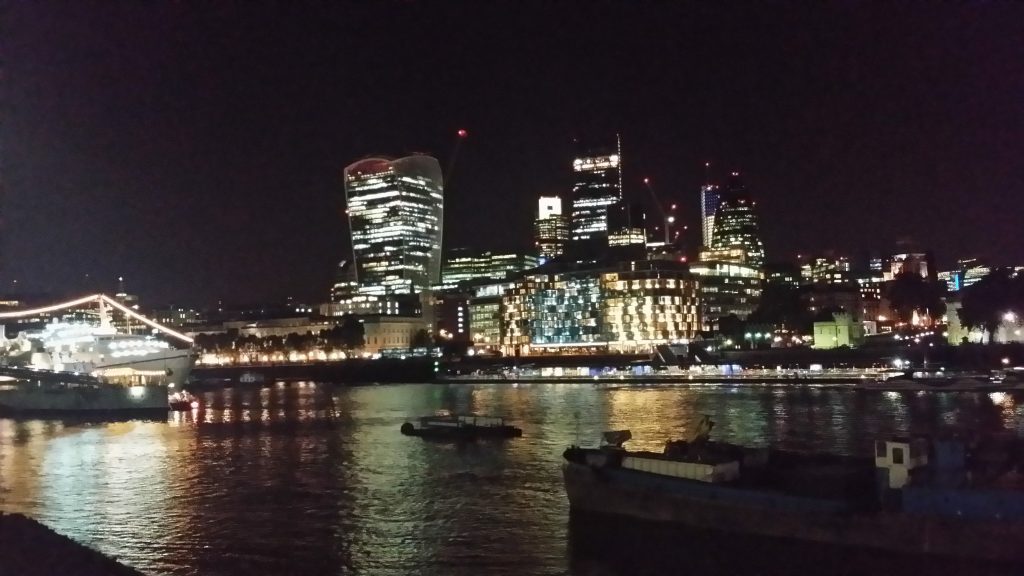
THE FINANCIAL CITY FROM SLAVERY TO HEDGE FUND VIRTUAL WALK
SUNDAY 30th May 2021 6.30pm
To book
This walks looks at the development of the City of London as a financial centre. Its origins were among the money lenders of the Jewish and Italian quarters of Old Jewry and Lombard Street. We continue the story with the introduction of the first commercial companies and the Merchant Adventurers of Elizabethan London, alongside the revival of the cruel trade in Slaves. We walk through the alleyways of the City where innovation went side by side with the introduction of Coffee in the Coffee Houses of Stuart
London.
We look at the distinctive architecture of the City as we walk around one of the most specialised market places in the world that once prided itself on the virtues of providing face to face contact.. The financial institutions in the City have encountered many changes since the scandal of the South Sea Bubble and it has weathered them all, so far. It was given a huge boast by the ‘Big Bang’ in Mrs Thatcher’s time. But the consequences of the effects of Brexit and Covid on top of the Internet are not yet clear on the City.
TO BUY TICKETS CLICK HERE:

